Ever wondered how books are made? The Almanac for Kids is hot off the press, just in time for summer reading! Take a peek inside the printing process and then take a look inside the book!
Advertisement
A Very Short History of Printing
People have been reading books for thousands of years. Ancient Egyptians pounded the stems of papyrus to make sheets of paper-like material and then wrote on it. They also glued papyrus sheets together to make scrolls. Eventually, people shifted from scrolls to pages by either folding or cutting papyrus sheets into page-size pieces.
In the early days of book making, people made one book at a time, copying the text of each page by hand. You can imagine how long that would take! Only a few pages could be copied each day. It could take an entire year to make a book, so books were valuable and only available to monks and scholars.
The Chinese invented the technique of block printing, which involved carving an entire page of text onto a block of wood—a laborious process. This gave way to a system of moveable type—sets of letters (type) that could be rearranged (moved).
Around 1440, a German named Johannes Gutenberg applied these techniques and invented the first adjustable type mold. It allowed a printer who was casting metal type to adjust the width, thereby creating narrower or wider characters (letters). This meant that a given character could be replicated thousands of times. With Gutenberg’s mechanized printing press, books could be printed and produced more quickly—and it launched a Printing Revolution. Before 1455, no printed books existed in Europe. By 1500, more than 20 million books had been printed! Books were finally in the hands of anybody who wanted them—from merchants to bakers to people like you and me. Not many inventions have spread this fast!
Printing in Crawfordsville, Indiana
The publisher and production director of The Old Farmer’s Almanac recently made a trip to the city of Crawfordsville, Indiana. That’s where the printer of the Almanac for Kids is based.
Believe it or not, a lot of books that you read are not printed in North America any more, but we think it’s very important to print in the U.S.A.
When we visited our printer, we saw an antique Washington Hand Press (see below), which was invented in the early 19th century. The operator of this press would set type into a frame that was filled with ink. Then, paper was pressed down on the frame. Note the handle in the below photo. The machine required a very strong person to lift and lower handle to press the paper down.
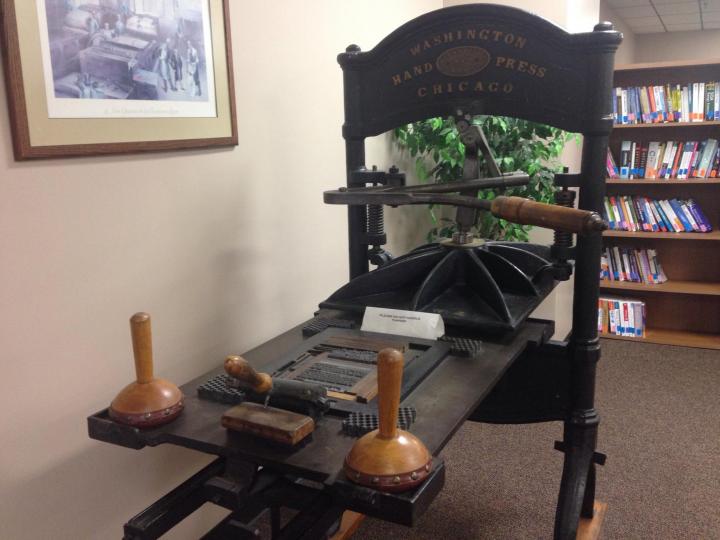
The Modern Printing Press
Today, we can print thousands of copies in just a few days. The printing plants are huge! The facility in Crawfordsville is the size of 1,700 football fields. The printing presses run around the clock, 24 hours per day, with employees working day- and nighttime shifts.
The two photos below (from a different printer we use in Pennsylvania) give you a good idea how big these modern printing presses are!
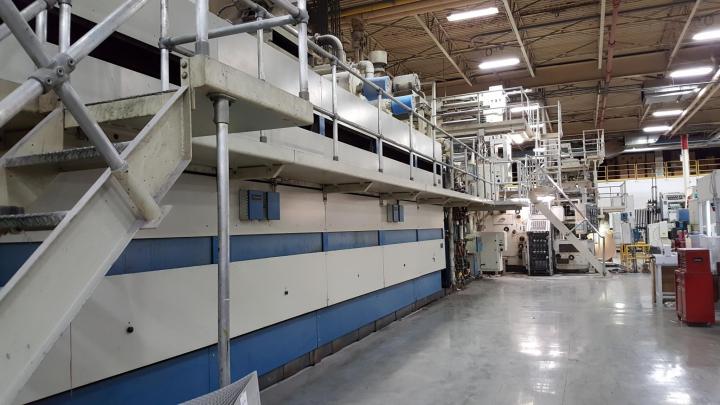
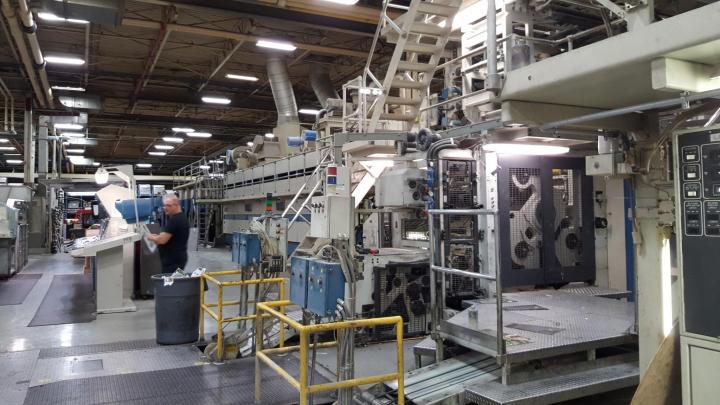
Look at the colorful pages in the below picture. Notice that modern printers no longer print one page at a time. In fact, the printer lays out several pages at a time on a huge sheet of paper, taking great care to arrange them in a particular way, so that when the sheet is folded prior to binding, the pages will be in the correct order. You would not want to read pages out of order, would you?
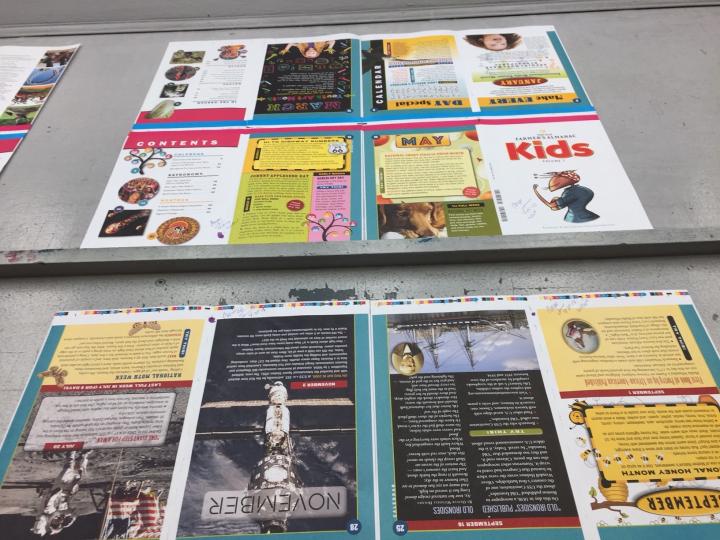
Time to Print!
To produce the Almanac for Kids, we use “offset lithography” printing—sometimes referred to as offset printing. Do you remember, perhaps from a science class in school, that oil and water do NOT mix? That’s the principle behind this printing process!
It starts with aluminum plates. An imaging, ink-accepting coating is applied to the plates. They are fed into a laser printer that etches the images on a page onto the coating. Every page of the book gets etched. Then both water and oil-based ink are rolled onto the plates. The water resists the oil-based ink, so the ink remains on the plate where it is wanted. The plate is then transferred to the cylinder, where the image is then printed on the paper. Each of the ink colors goes on separately and the press prints both sides of the paper at the same time.
The Almanac for Kids is printed on massive rolls of paper (see below), which is delivered to the printer by railcar and truck. A single sheet is 35,000 feet—or 6.6 miles—long!
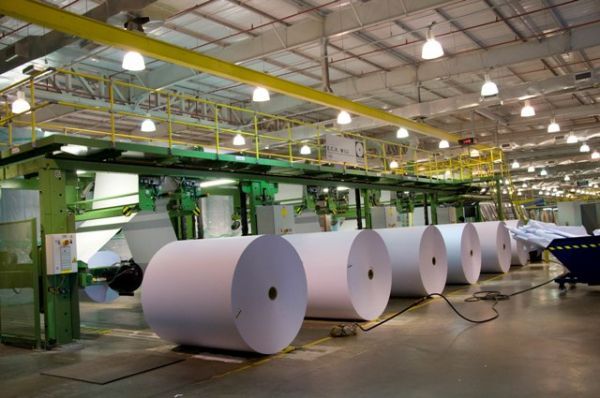
Credit: International Paper
For this type of printing process, we use 8-color printing units (four for each roll of paper running through the press).
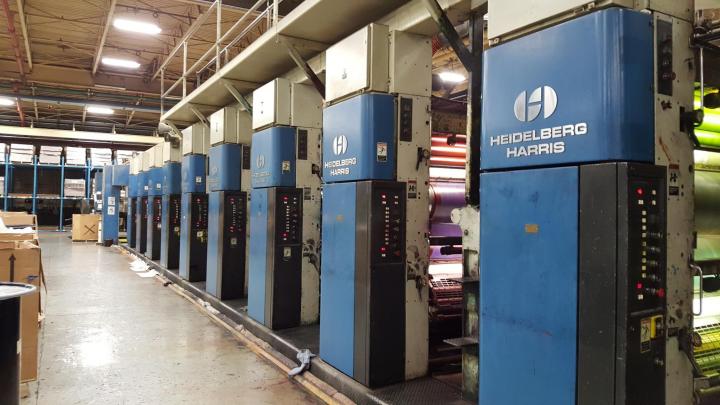
A close-up of one of the printing units (magenta) showing how both sides of the paper are printed at the same time. The paper runs so fast it is just a blur to our eyes.
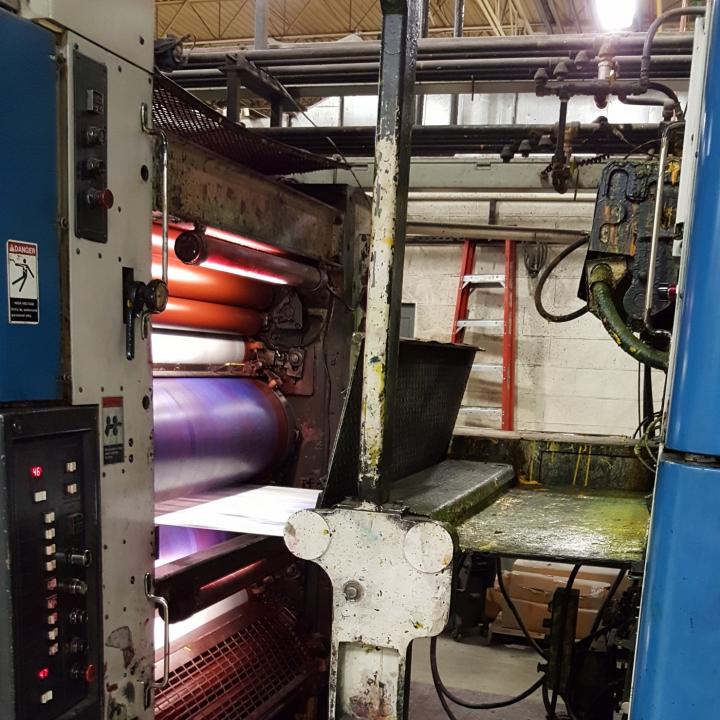
The words and images are printed on the paper in groups of pages called “signatures.” Each signature will be folded.
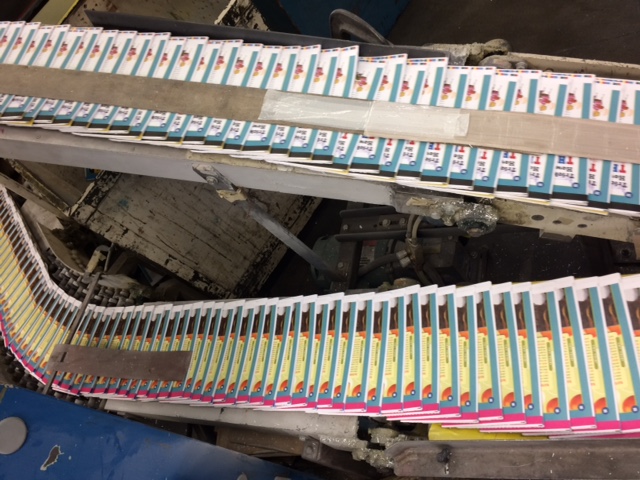
Then the folded signatures go to a stacker that puts them in tight bundles to go to the bindery.
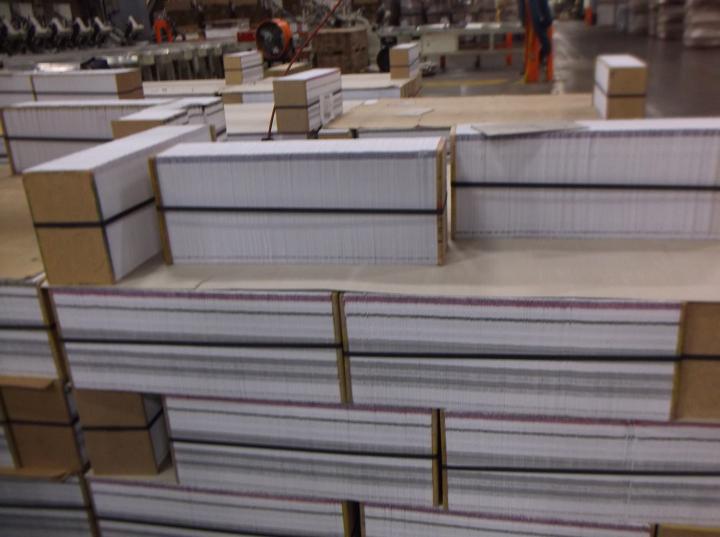
The next step is to bind the book. A special binding machine glues the pages and the cover together.
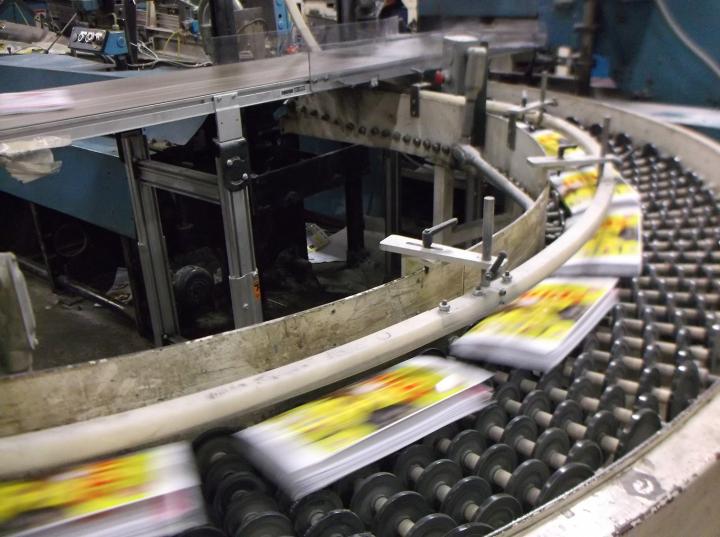
However, although printed and bound, the pages are still folded—you can not yet open the book and read it! In the old days, people had to cut their book pages in order to read them. Today, machines trim the pages and then put the books into cartons that will be shipped to stores—and to you!
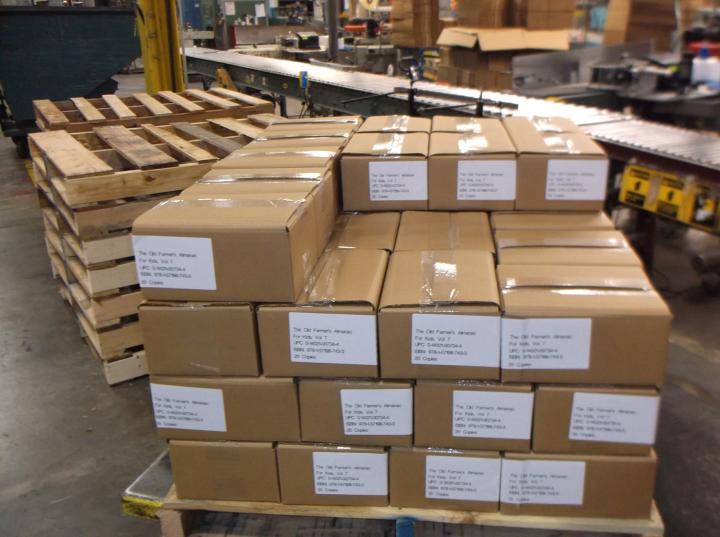
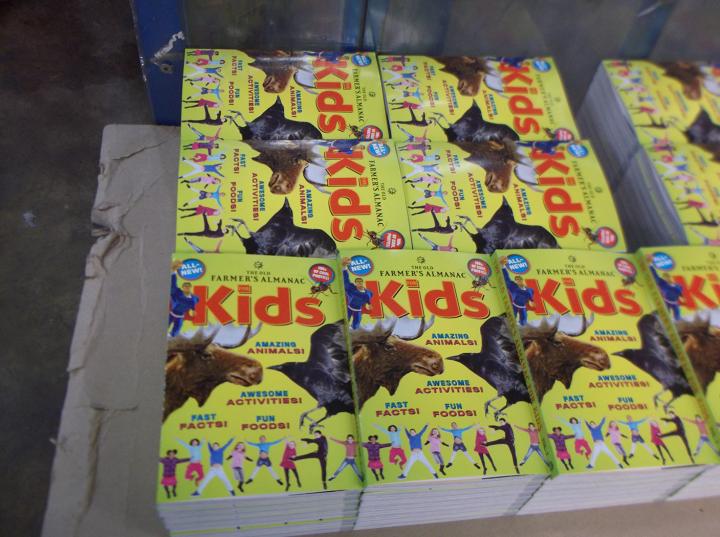
That’s how we make The Old Farmer’s Almanac for Kids. Click here to look inside the final pages of the Almanac for Kids. Tell us what you think!





















Comments